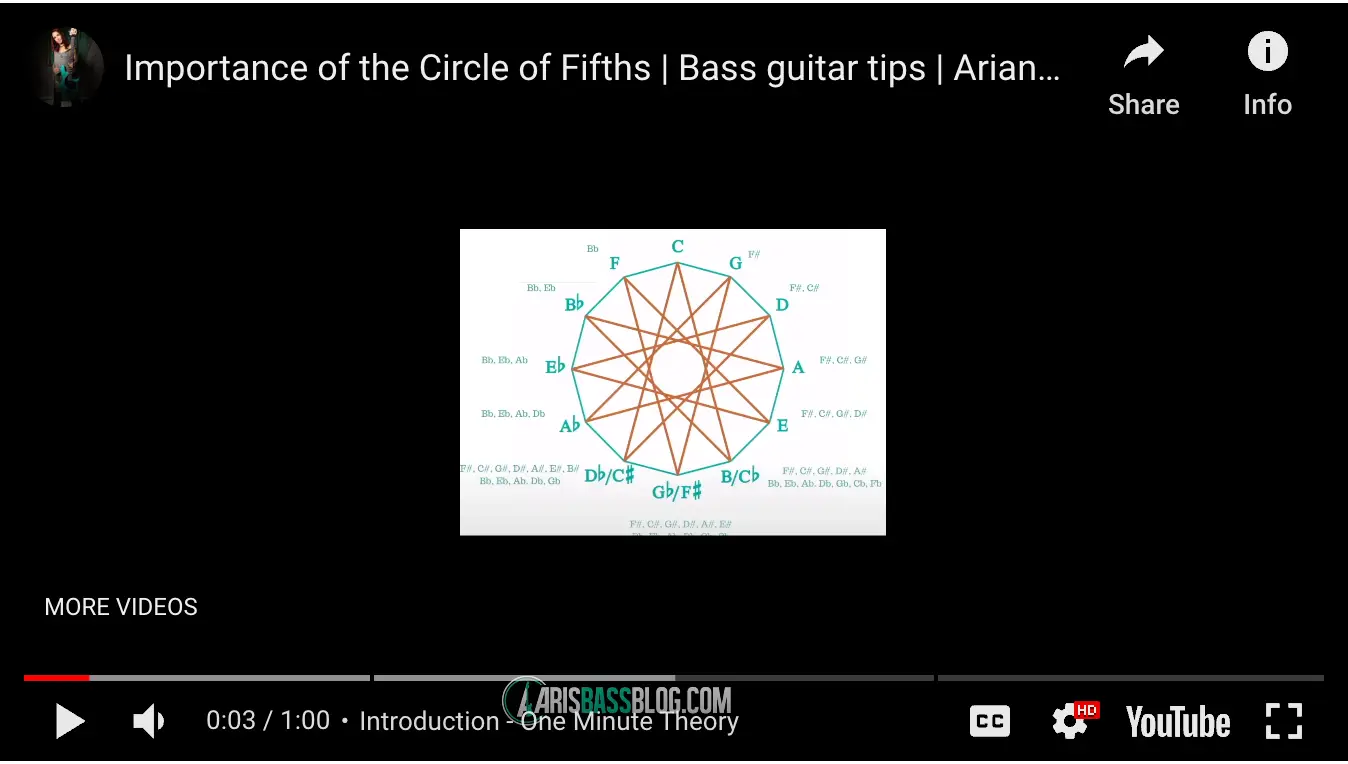Enhance your bass guitar skills with the Modes Pedaling Drill, a powerful exercise designed to strengthen your playing abilities.
Join me as I guide you through this engaging drill, focusing on various modes and their application.
Elevate your musical proficiency and develop a solid foundation in bass guitar technique with this comprehensive drill!
Free TABS and diagrams for you here: https://righton.arisbassblog.com/courses/microbass
Look for lesson #A10.
Modes Pedaling Drill
Video Transcript
One minute moats pedaling drill with Ari.
Take the modes and start them all from the same root. Sort them from brightest to darkest. If you do that then you will only have one note changing going from mode to mode. Key of G:
This is lydian: [🎵🎵🎵 Ari plays lydian scale 🎵🎵🎵]
Ionian: [🎵🎵🎵 Ari plays ionian scale 🎵🎵🎵]
Mixo: [🎵🎵🎵 Ari plays mixolydian scale 🎵🎵🎵]
Dorian: [🎵🎵🎵 Ari plays dorian scale 🎵🎵🎵]
Aeolian: [🎵🎵🎵 Ari plays aeolian scale 🎵🎵🎵]
Fridge: [🎵🎵🎵 Ari plays phrygian scale 🎵🎵🎵]
Locrian: [🎵🎵🎵 Ari plays locrian scale 🎵🎵🎵]





